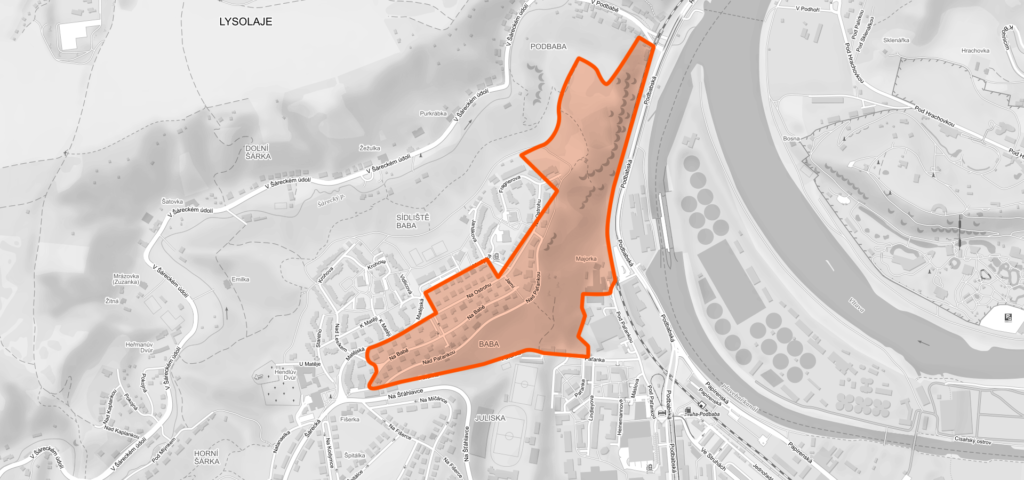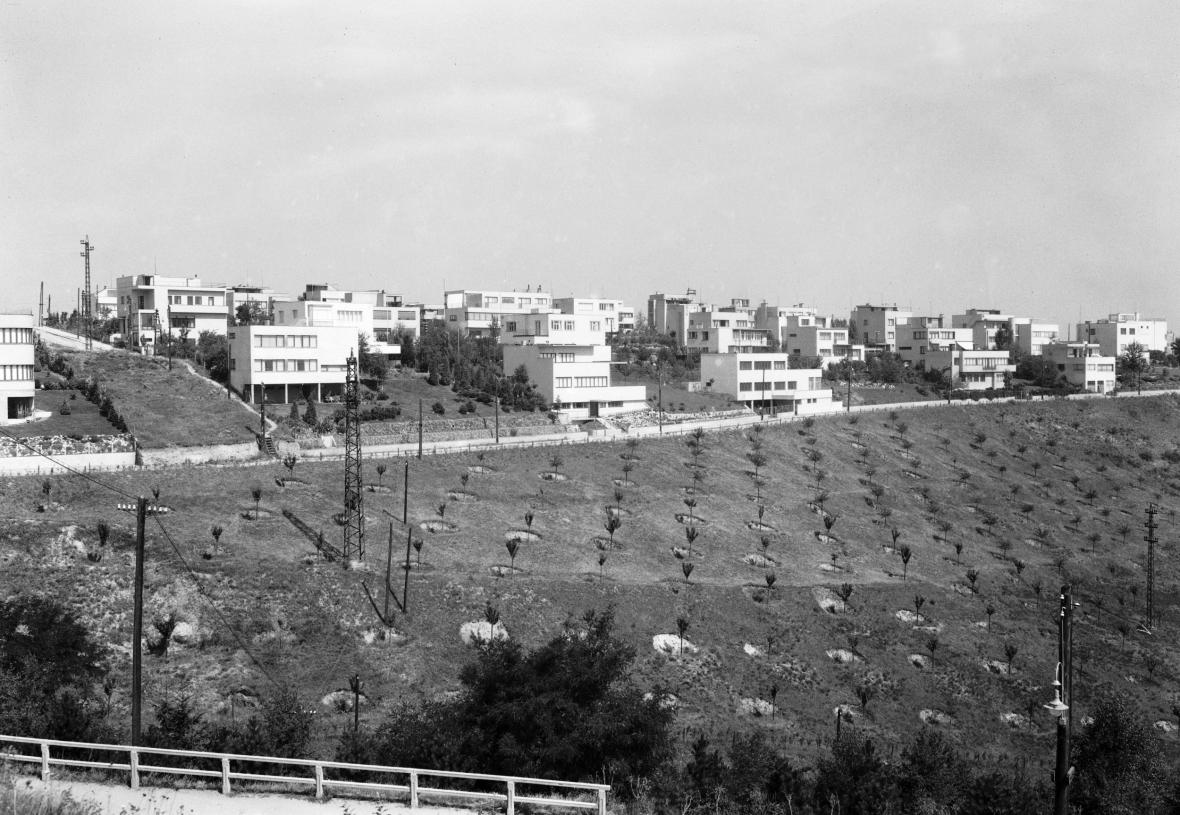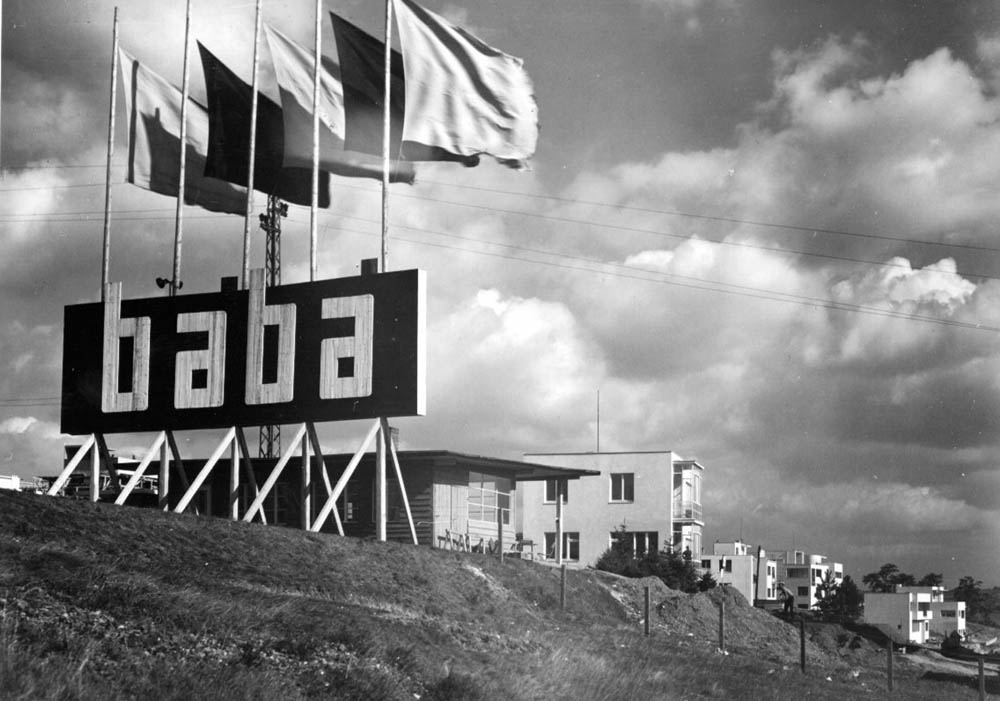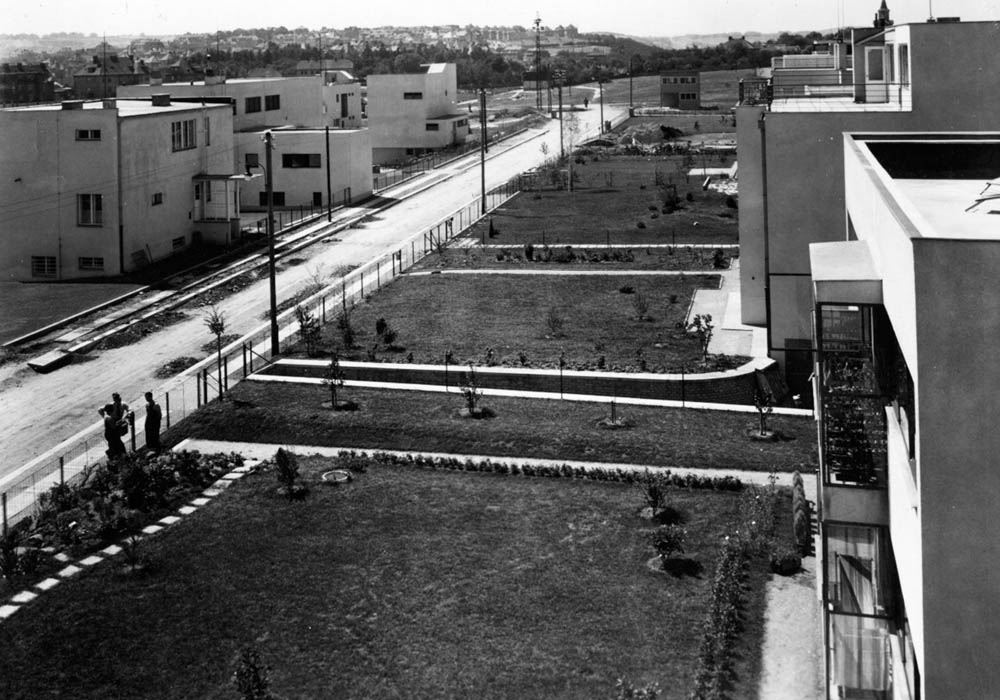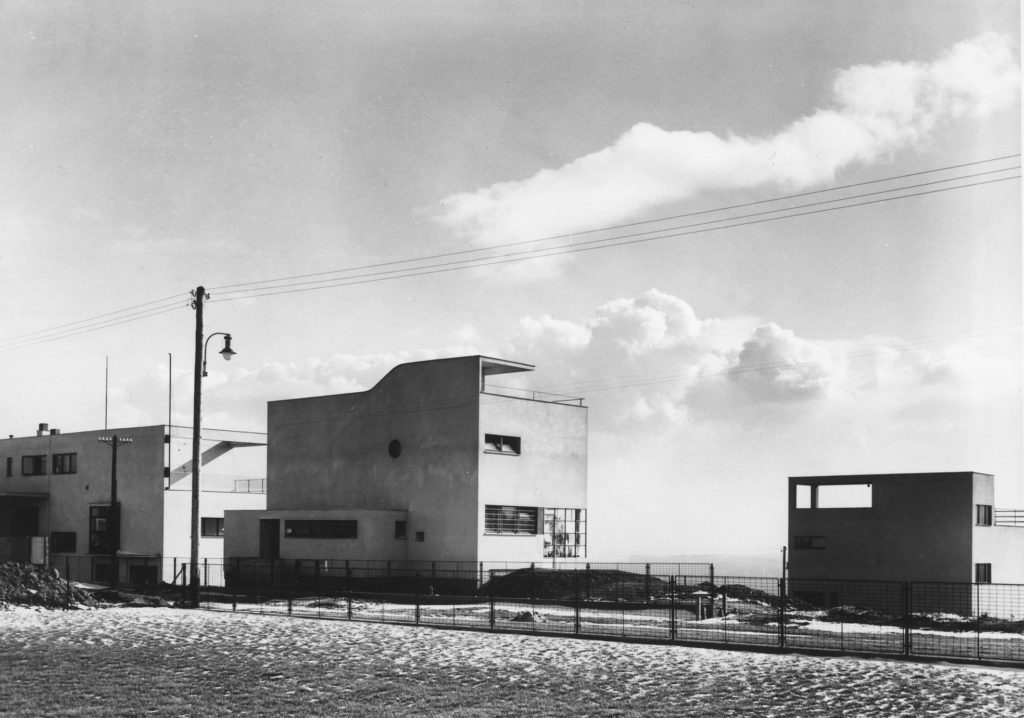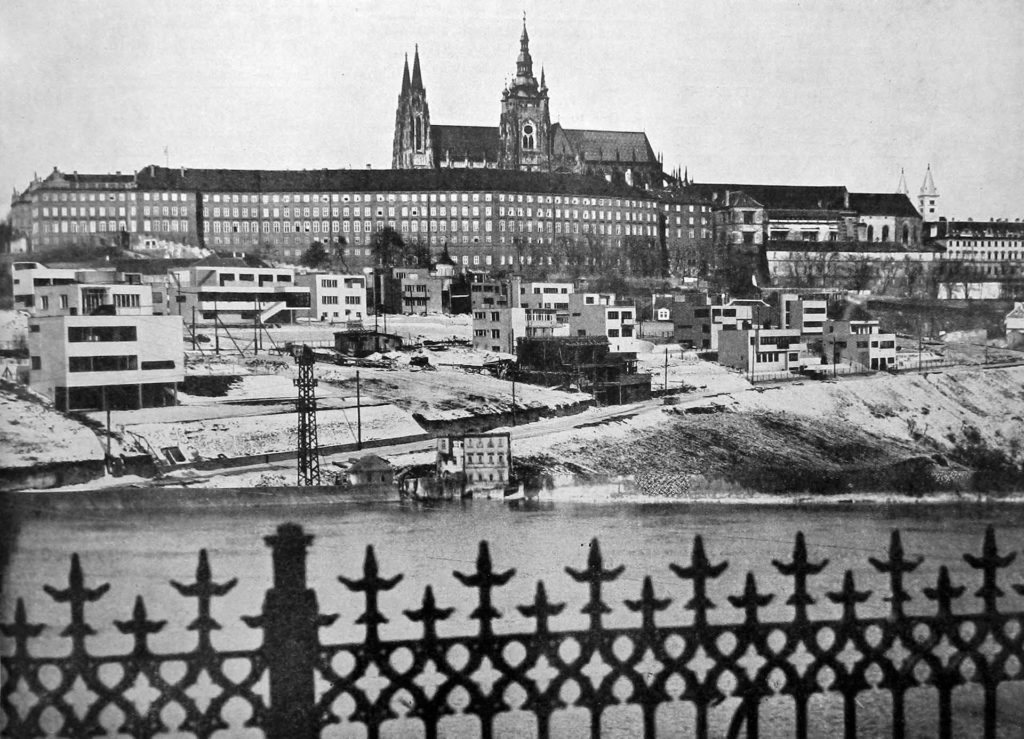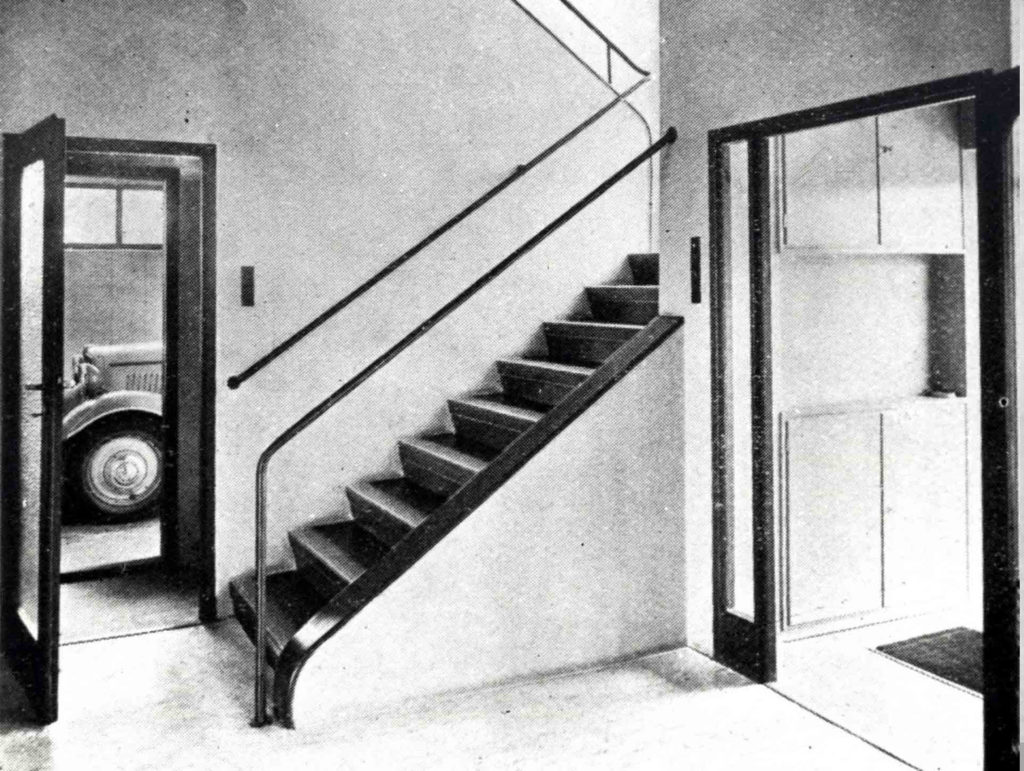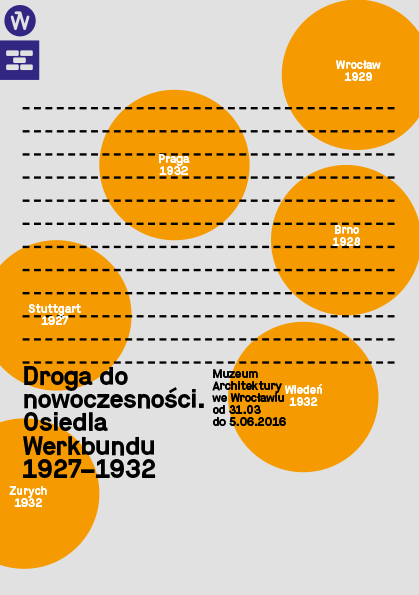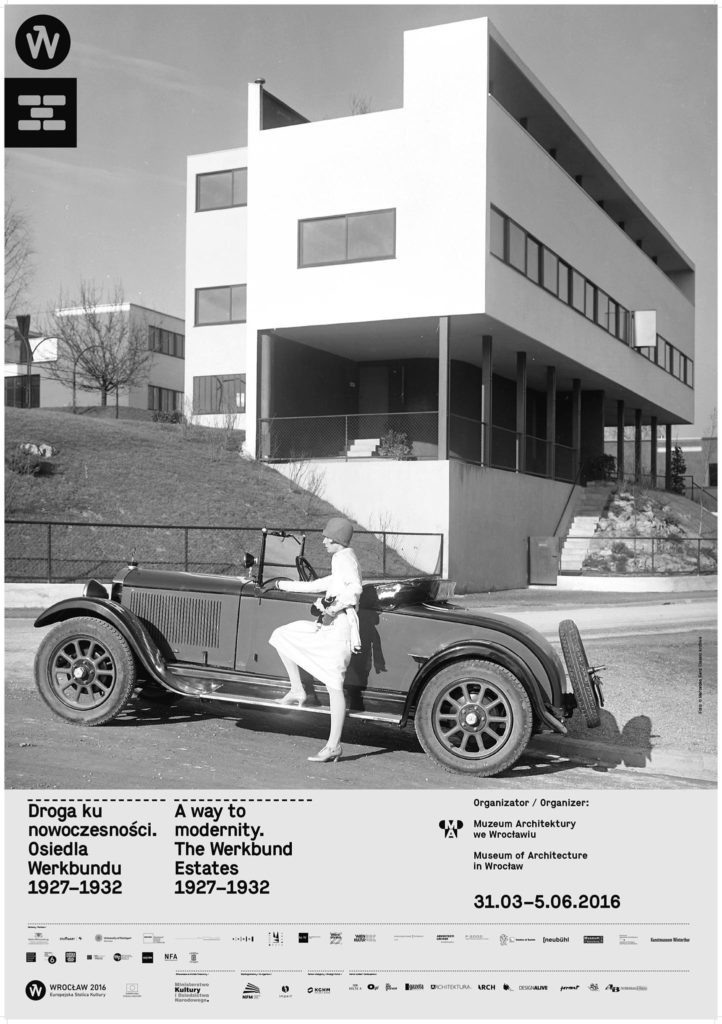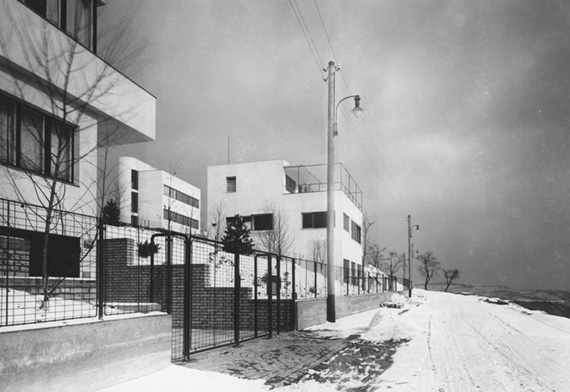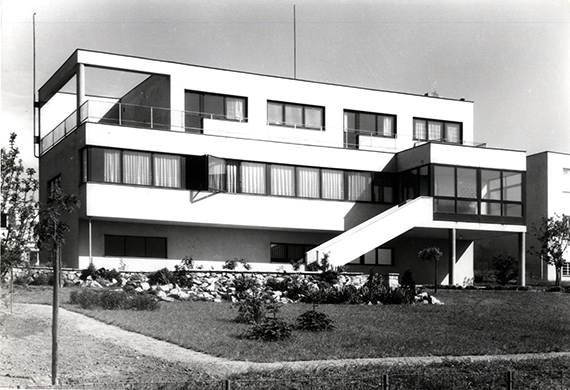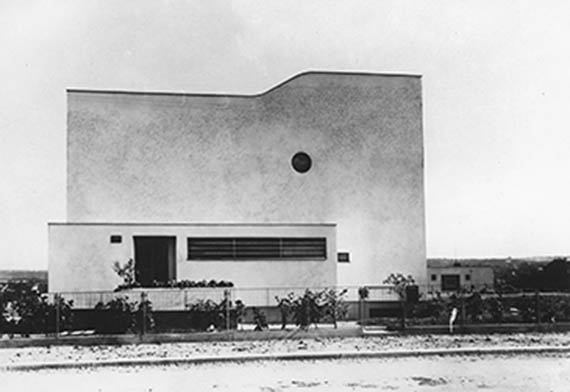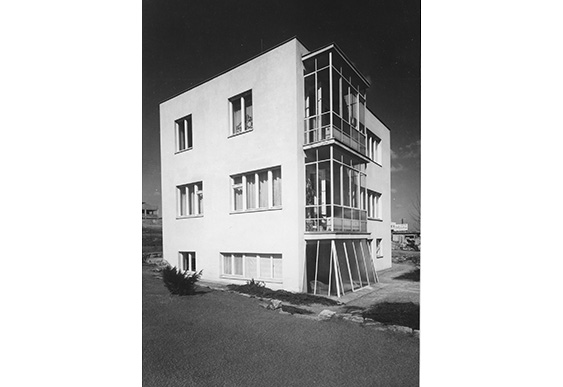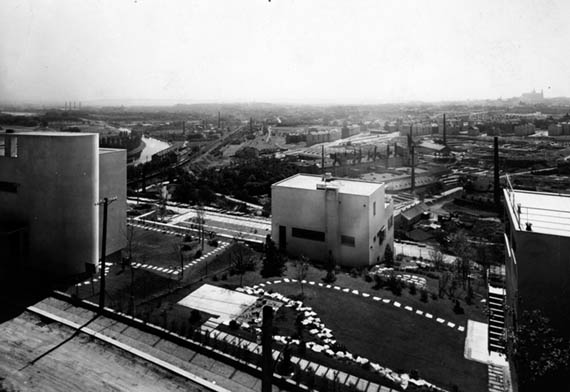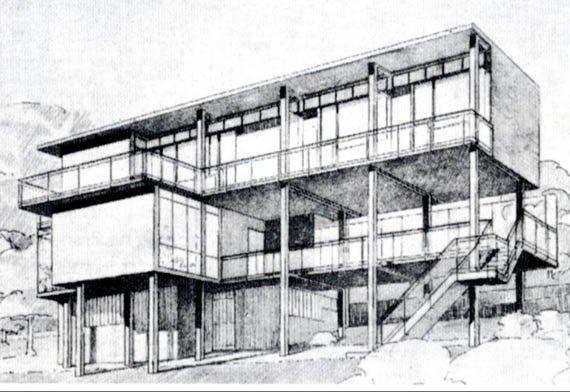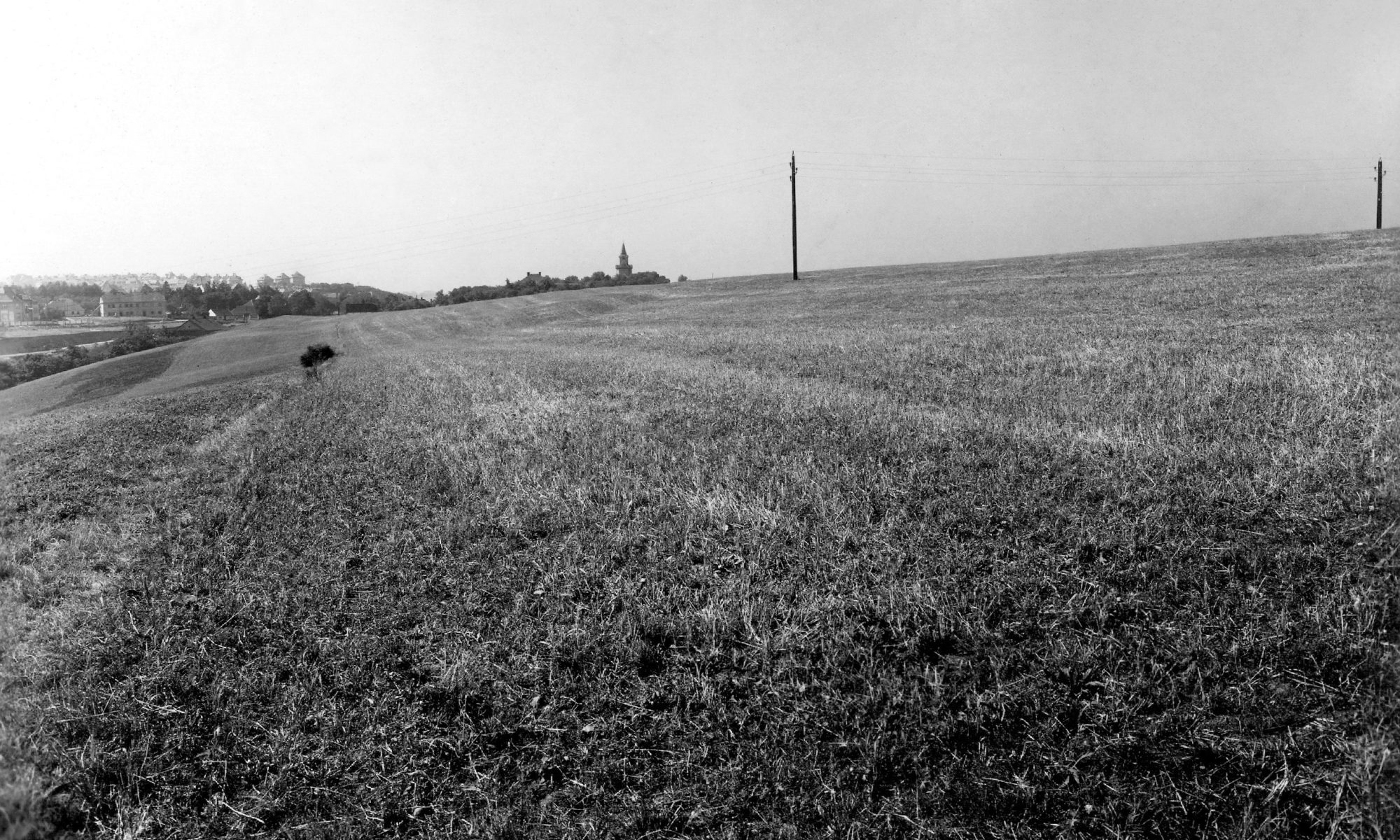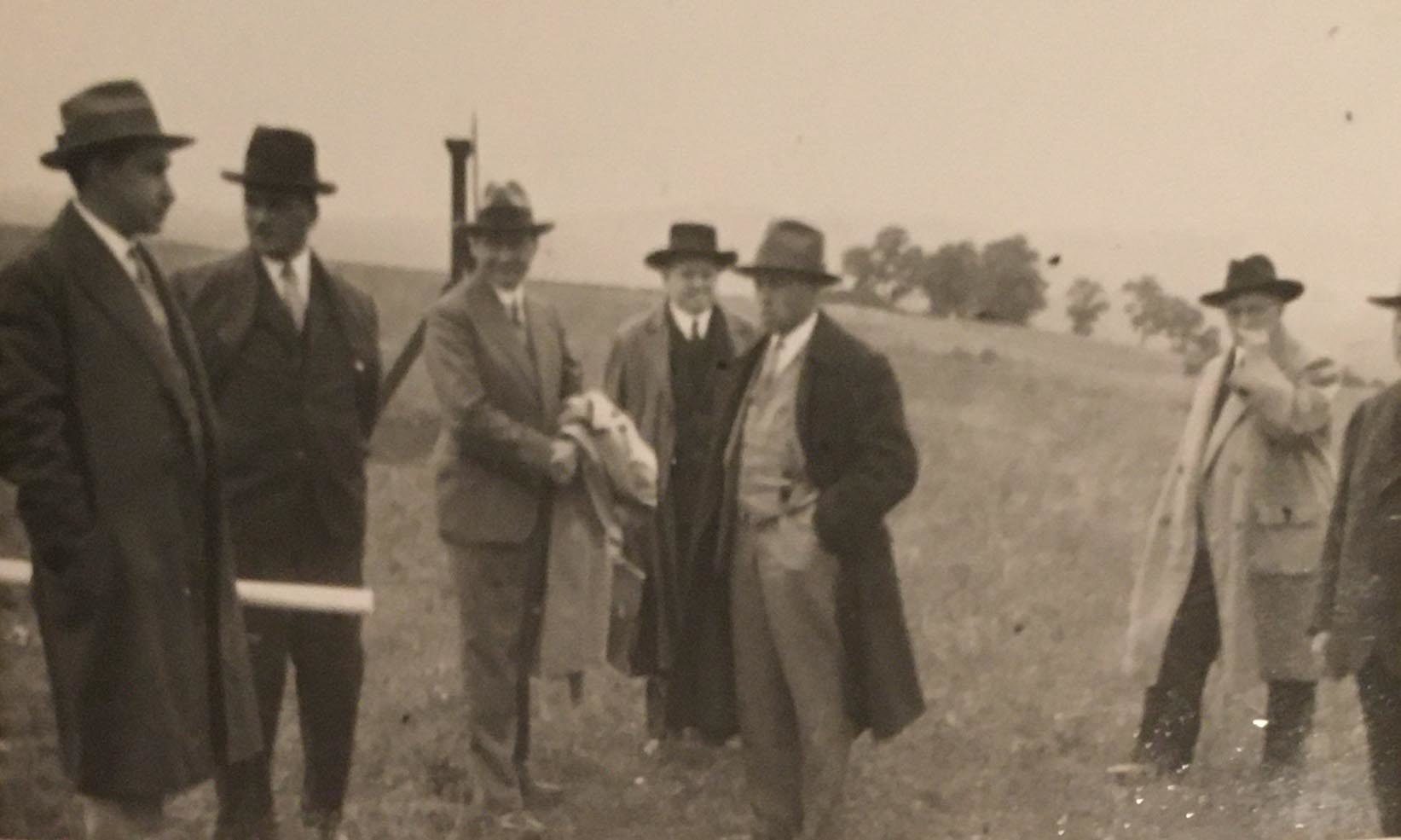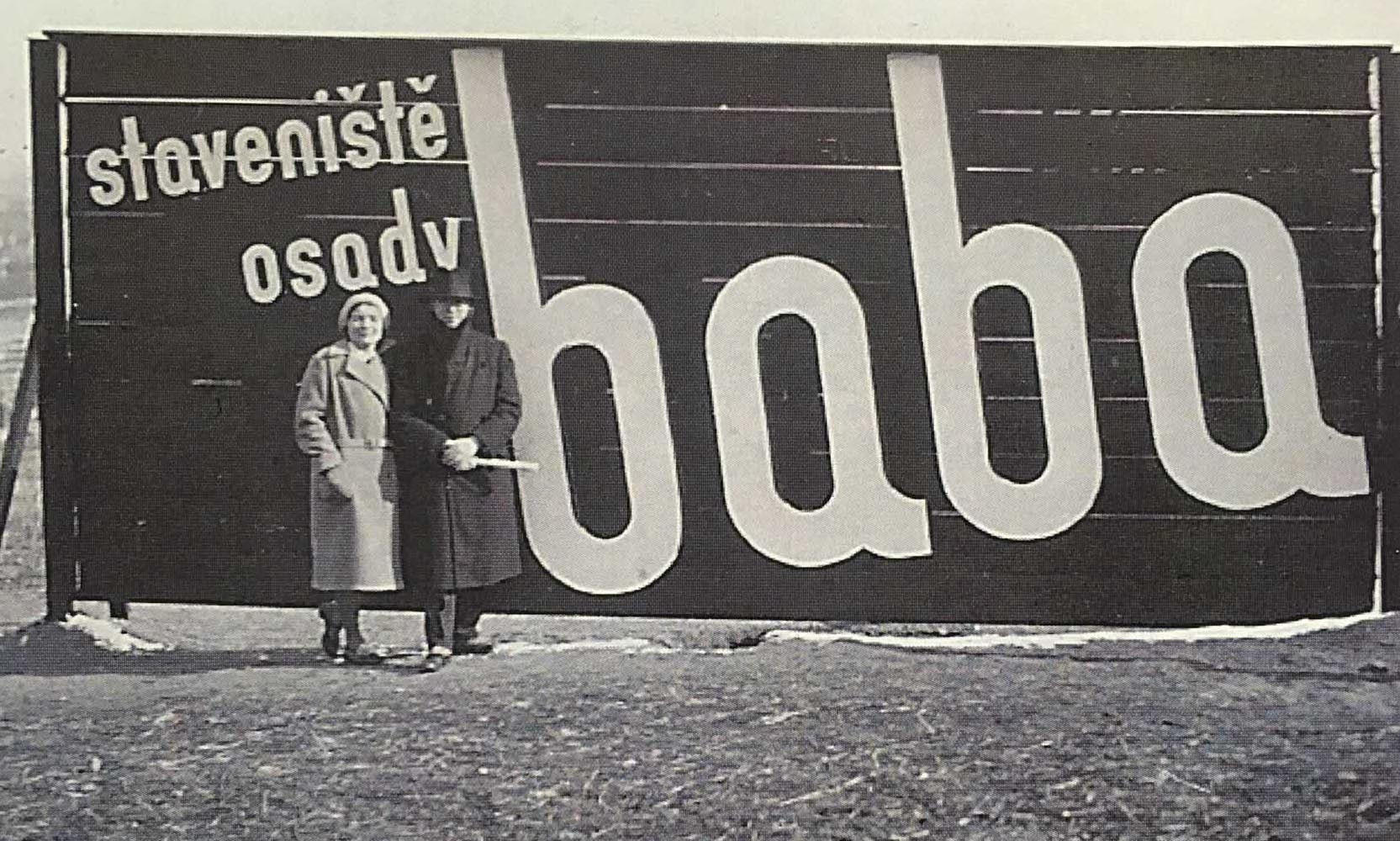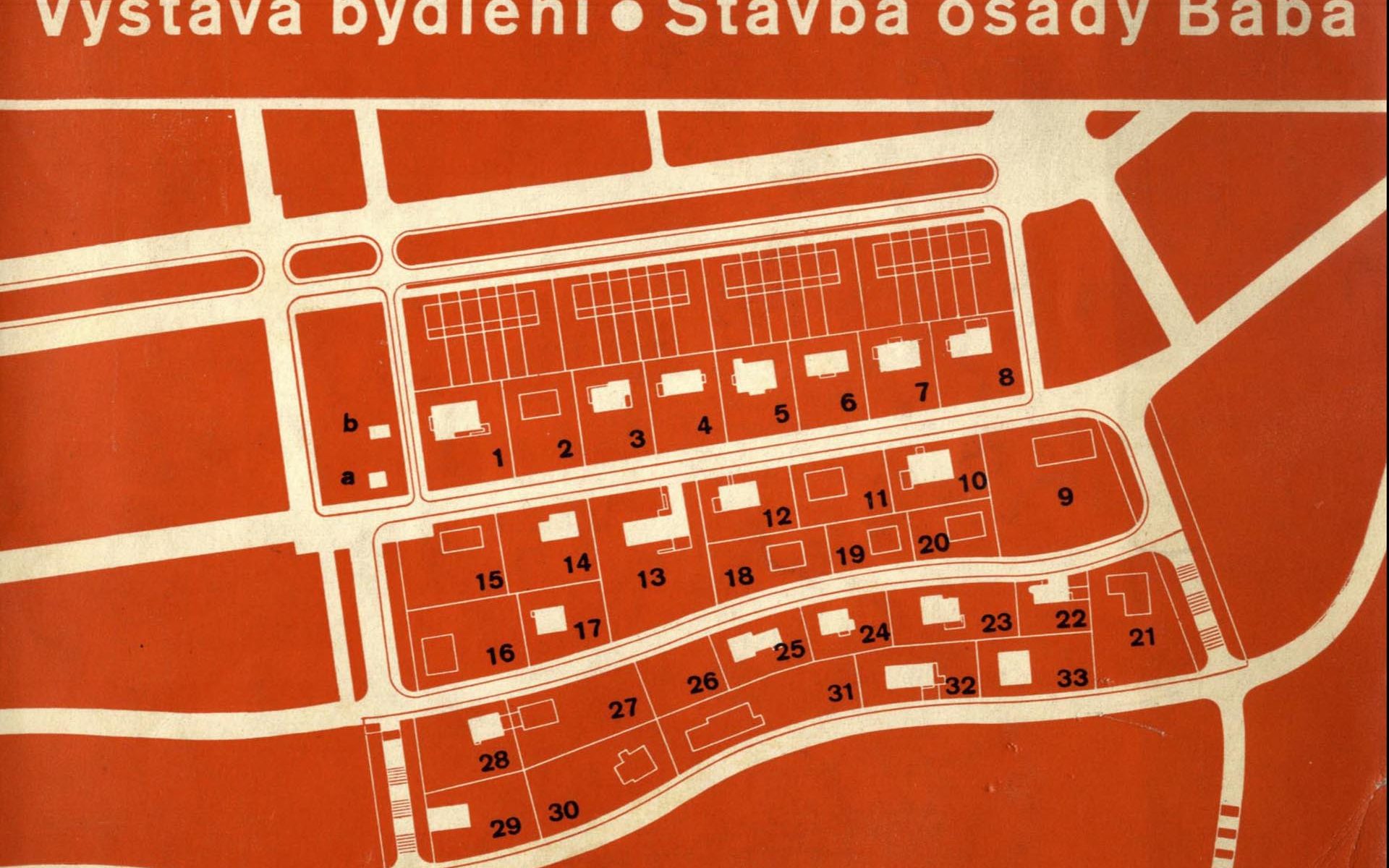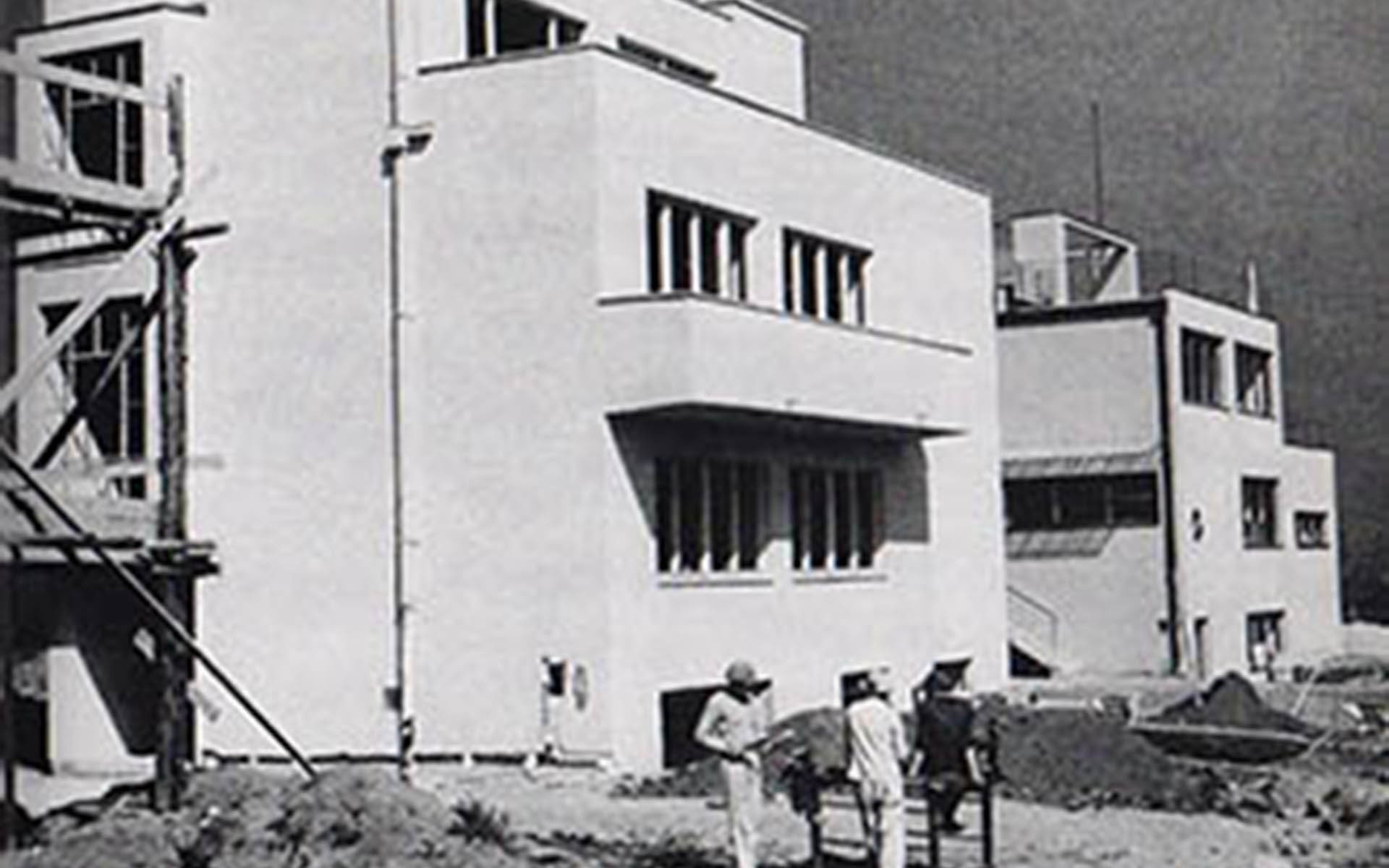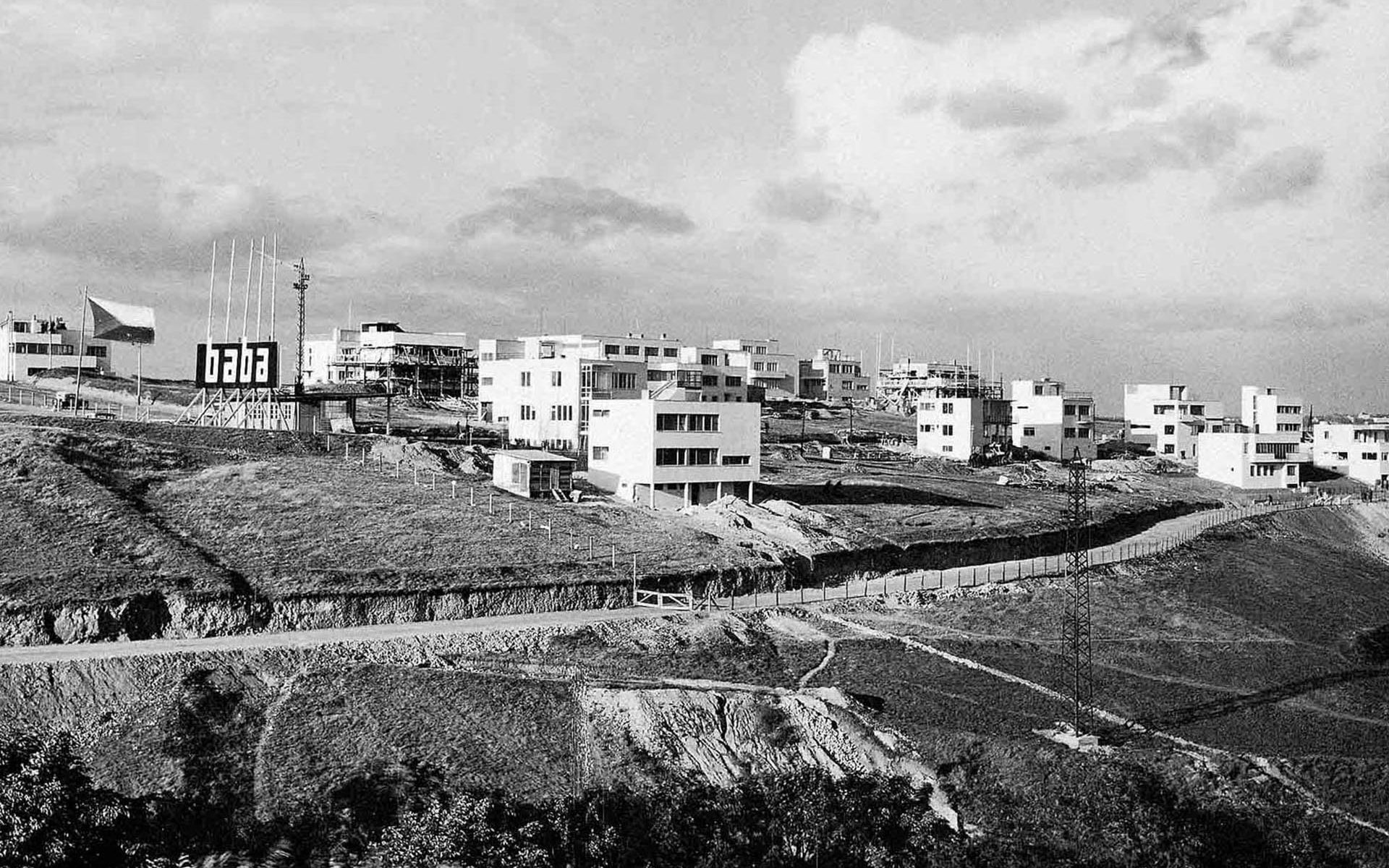Modern Estate
In 2020, as part of the international project “Werkbund Estates in Europe 1927-1932”, the residential complex of villas in the city conservation area of Baba in Prague received the highest award for heritage sites – the European Heritage Label. The European Commission awards this recognition only to sights of pan-European cultural and historical significance.
Prague Keeps Up with Europe
The road to this prestigious award was bumpy. In 2013, there was already a reconnection of the representatives of all six sites, which succeeded in being the places where the experimental housing estates were constructed at the turn of the 1920s and 1930s. The network of representatives from Stuttgart, Brno, Prague, Wrocław, Zurich, and Vienna was a playground for lively communication about the value of these unique architectural complexes and their future direction and new purposes. This intense cooperation resulted in the 2016 exhibition entitled “On the way to modernity. Werkbund Estates 1927-1932” in the Wrocław Museum of Architecture. The joint efforts of the five cities, led by Stuttgart (with the exception of Zurich), culminated in receiving a major European award of the European Heritage Label.
The first set of villas in the Baba estate was constructed in response to the Deutscher Werkbund initiative in the interwar period of 1927-1932. In the name of functionalism and left-wing fascination with collective housing, the initiative promoted a progressive and daring approach to the construction of modern estates for the broader public. It also answered the question of the housing crisis in major European cities. The purpose of the construction involved simplicity, sanitariness, affordability, and a rapid pace of construction using the revolutionary technology of a reinforced concrete frame and prefabricated materials which could be folded together like a jigsaw puzzle.
The intense interconnection and cooperation of the European associations resulted in exhibitions displaying the new housing style. The first Weissenhof estate was presented as part of the “Apartment” (“Die Wohnung”) Exhibition in Stuttgart in 1927. It was designed on the basis of legendary architects, such as Le Corbusier, Walter Gropius, or Ludwig Mies van der Rohe (the author of the functionalist Villa Tugendhat in Brno). This exhibition was followed by others presenting the construction of the New House Estate in Brno, the WuWA Estate in Wrocław, or the Neubühl Estate in Zurich. Prague presented an exhibition of the Baba Estate and Vienna showed its own estate incorporating the work of the prominent architect Adolf Loos. However, the emerging fascism was not at all in favour of the socio-political experiments of the modernist movement. The Baba estate was lucky – it is among the best-preserved Werkbund estates left intact by WWII.
Before the construction of the Baba estate commenced, the Mayor of Prague, Dr. Karel Baxa, visited the construction site...
Breathtaking views of Prague and the surroundings from the terraces and roofs of the houses.
Baba and its Uniqueness
Although built as one of the six most valued residential estates today, with the aim of promoting functionalist housing, the Baba estate is the only set of individual villas owned by private investors who were among the progressively-minded icons of Prague society. The Czechoslovak Werkbund, led by the architect Pavel Janák, bought a three-hectare plot of land in the Baba estate in Dejvice (between St. Matthew’s Church and the Baba ruins) and approached a distinct group of versatile modernist architects and designers, such as Ladislav Žák, Evžen Linhart, Josef Gočár or Hana Kučerová-Záveská. The combination of enlightened architects, builders and no less progressive investors gave rise to a unique set of modernist villas with terraces and flat roofs arranged in a checkerboard pattern which offered their inhabitants a magnificent view of the Prague panorama. The design naturally included gardens and public spaces.
The only foreigner was the Dutch avant-garde architect Mart Stam, who so enchanted the house owners, Jiří Palička and his wife, the textile artist Emílie Paličková, at the exhibition in Stuttgart that they asked him to design their villa. Today, the Palička Villa is an example of a sensitive approach to renovating these types of architectural and urban gems. In the decades of their lives, most of the villas and their surroundings have undergone a number of more or less sensitive changes. The prestigious award will help speed up the implementation of the overall revitalisation of this urban heritage zone to the satisfaction of both the locals and visitors to this unique Prague sight.
